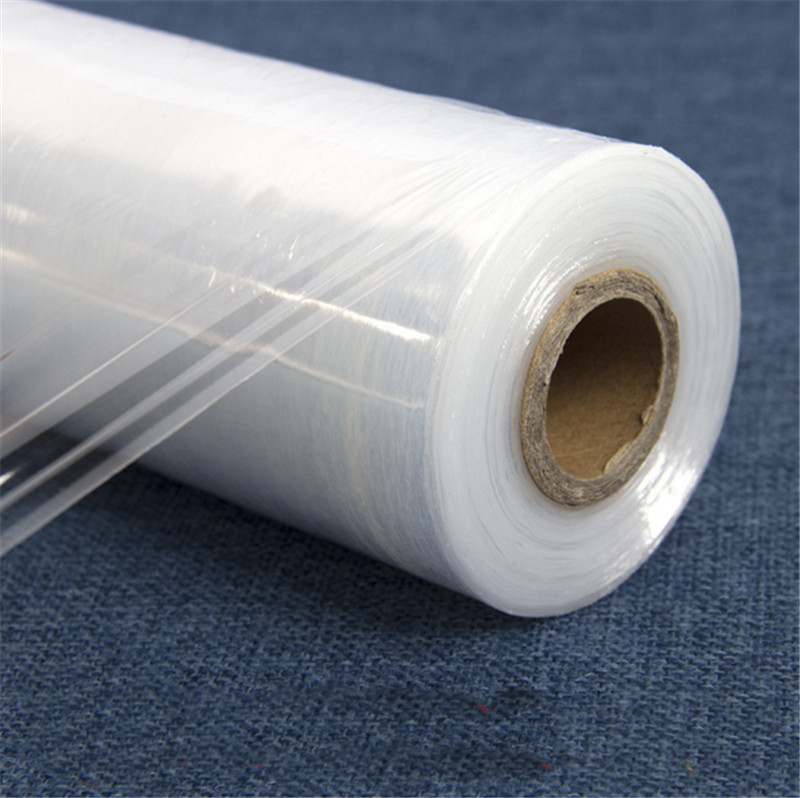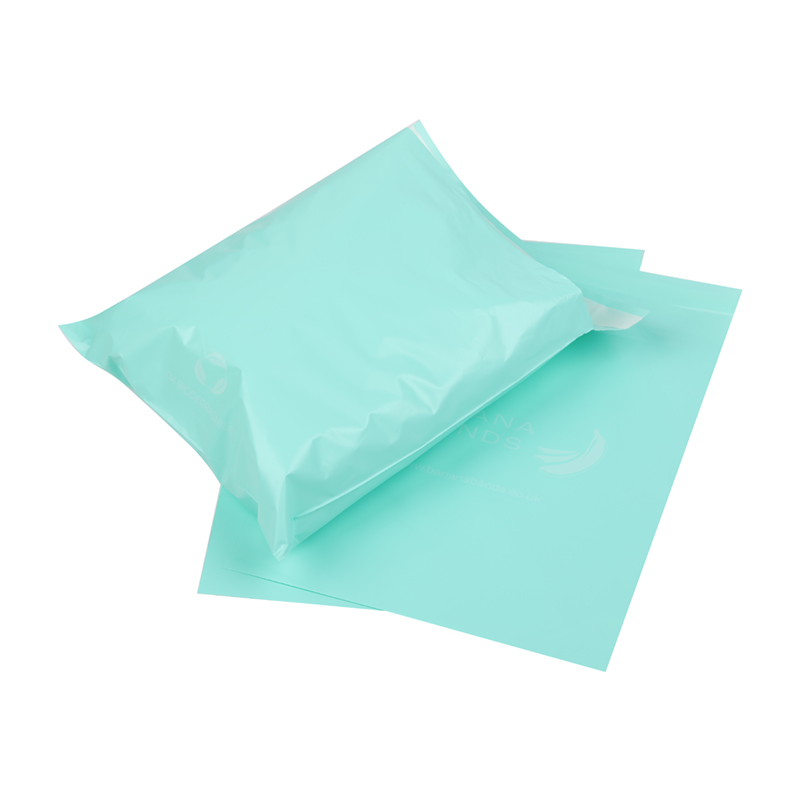Stacey Lastoe is a former senior editor for CNN Travel with an Emmy for her work. Now a freelancer, her work can be found in Allrecipes, Refinery29, American Way, The Kitchn, Fodor's, and Wine Enthusiast. Stacey lives with her husband and dog in New York.
Recipes that call for frosting, cake decorating, or stuffing (like these Strawberry Cheesecake Bites) require the use of a pastry bag, but in reality, this is merely a suggestion. This is because a plastic freezer bag, a box of which you most likely already have at home, can be used in the exact same way. Cellophane Bags Self Adhesive

And if you're not someone who regularly bakes or makes fancy wedding-like cakes with intricate designs that rely on the various piping tip shapes, all of which can intimidate even the more seasoned home baker, you really don't need to go out and buy this specialty baking tool.
Plus, if you're like many a home baker, it's also possible you don't even realize you need a piping bag until the cake has baked and cooled and you reach the frosting step in the recipe instructions. This is when the trusty plastic bag—and a pair of kitchen shears—comes in handy.
Large, zip-top plastic bags—quart size is ideal, but gallon works great, too—work best for this fun frosting hack, but if you're fresh out and only have the smaller sized sandwich bags, that can work too. Just avoid the even smaller snack-sized bags as the mess is just not worth it, and you'll end up needing to go through a bunch before the frosting job is complete.
- clean or unused plastic freezer or zip-top bag - scissors - piping tip or piece of tinfoil (optional)
While it's not absolutely necessary to use a high-quality (read: non-brand name) freezer bag, the veteran brands such as Ziploc and Hefty do tend to be sturdier than lesser known brands. This can be especially useful if your frosting or topping is thick and you want to avoid having a thin plastic bag burst on you mid-frosting.
In addition, a bag that seals, either by traditional press-to-close zipper or sliding zipper, is preferable as well.
This part is so easy, and it'll make you feel like a real kitchen pro, nonetheless.
1. Place the bag on the kitchen counter or flat work surface. Open the bag and begin spooning or pouring the frosting or sauce straight in the bag, aiming for one of the two bottom corners. You can also place the bag in a jar or cup with the corner pointing down.
Optional: Insert a pastry tip or small piece of tinfoil into one of the bag's corners before adding the frosting if you want to try for a neater, more refined piping result.
2. One the frosting is in the bag, push out any excess air before twisting the bag into a cone shape. You can also seal the bag after getting rid of the excess air and then twist into a cone-like shape. Working the bag into this shape will make it easier to apply the topping.
3. Using clean scissors, snip off the corner of the bag where the frosting has accumulated. The size of the snip depends on how much frosting you want to come out with each squeeze of the bag (or the size of the tip). The bigger the hole, the more topping will dispense. You can always start out small and then make the cut a little bigger if you find that the piping work becomes too tedious.
Now you're ready to frost or ice! Simply point the open tip toward the cupcake, ombré cake, or sugar cookie and begin gently squeezing until you're satisfied with the amount of topping dispensed.
Repurposing a zip-top storage bag—a common, inexpensive kitchen staple—and making it work for your pastry needs is not only clever, but it's also smart and budget-friendly to boot. And unlike a professional pastry bag and all those tiny little piping tips that are bound to get lost in the bottom of a drawer somewhere, the box of plastic bags you always keep on hand are likely always within easy reach.
It's an easy trick that will make your baking achievements that much sweeter.

Biodegradable Shopping Bag Finally, if you happen to have leftover frosting at the end, the bag can easily be dropped into a second freezer bag for easy storage. Use leftovers to dress up store-bought cookies or for an extra-sweet pancake breakfast treat.